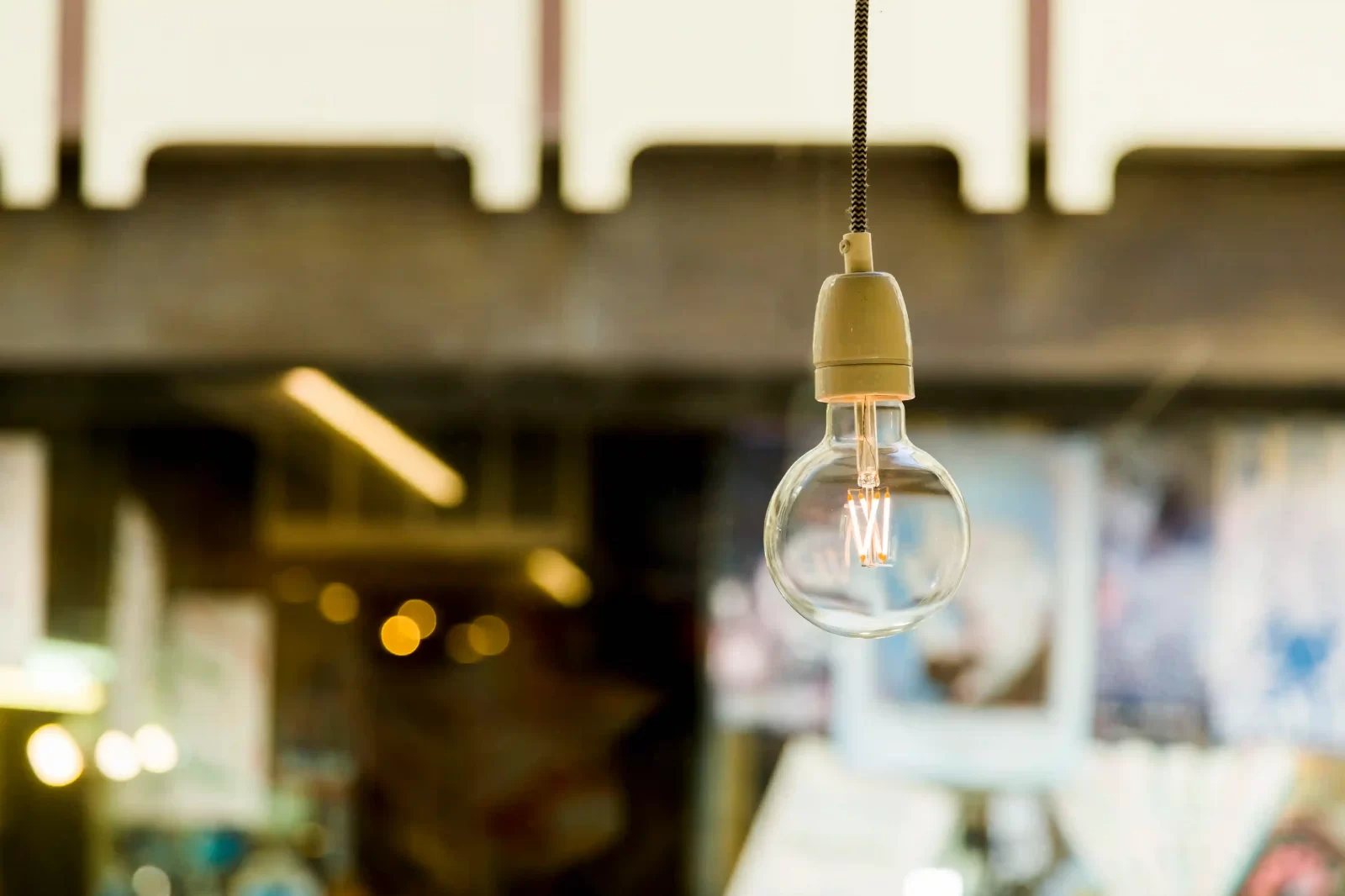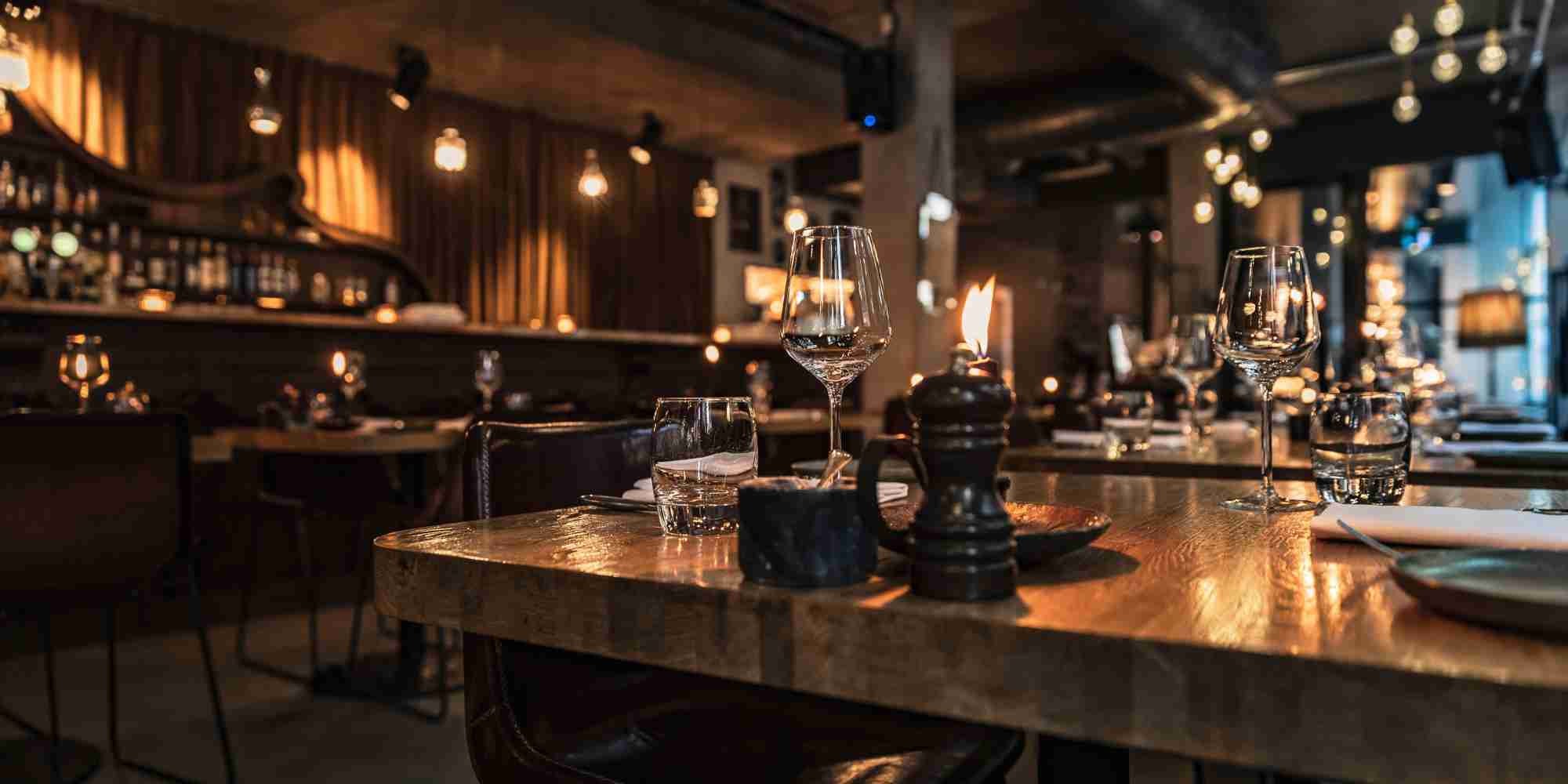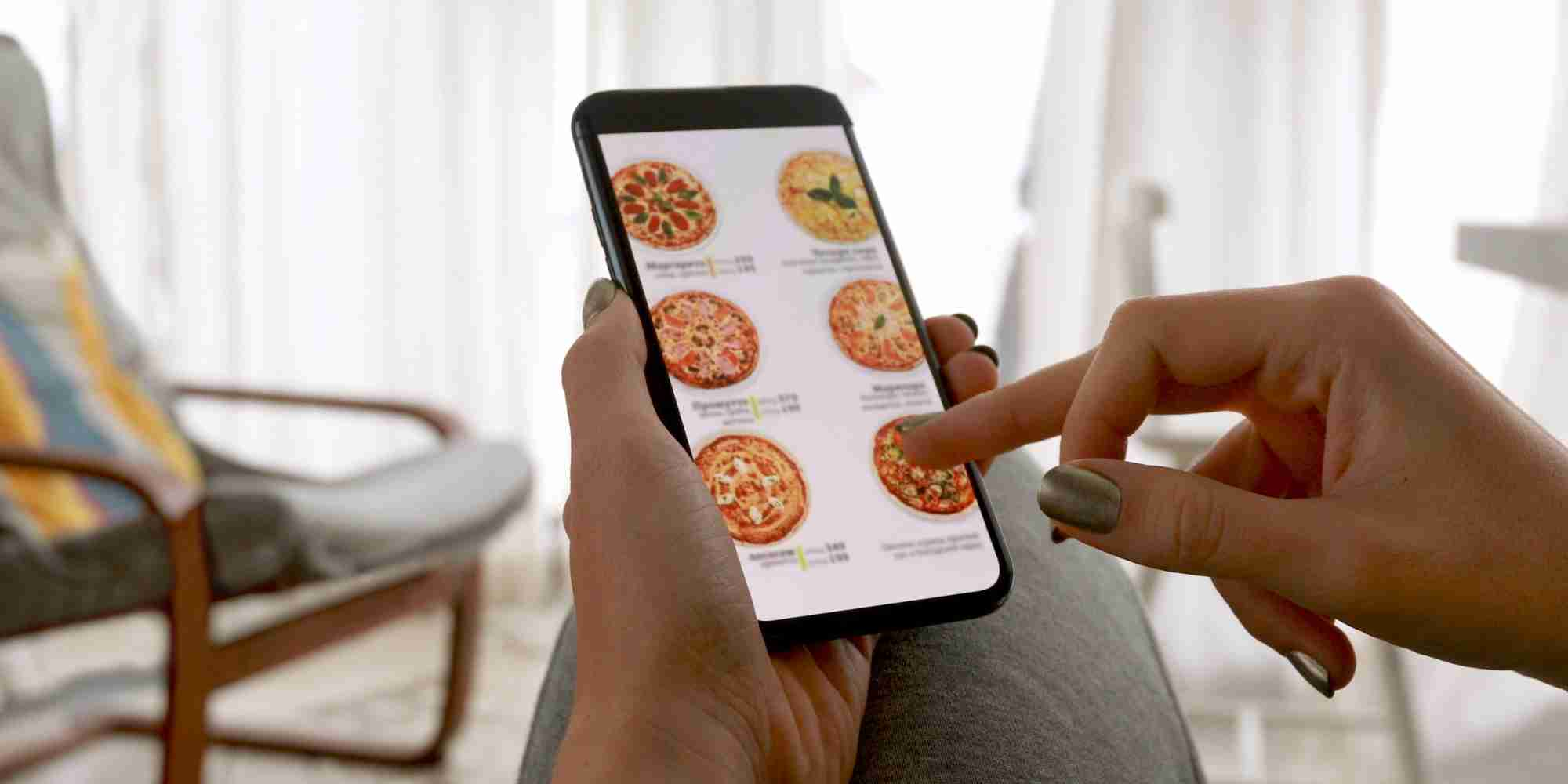In the restaurant industry, keeping an eye on energy use is really important. In the U.S., many restaurants spend between 3-5% of their entire budget just on energy costs. The energy goes into cooking, heating and cooling the space, water usage, lighting, and keeping food cold. In a full-service restaurant, the typical energy usage (measured in BTU) is as follows:
- Food Preparation – About 35% of the energy used by a restaurant is used for cooking.
- HVAC – The cost of commercial heating and cooling accounts for about 28% of total energy costs.
- Water use and sanitation-related equipment account for 18% of energy expenses.
- Lighting: 13% of the energy used by a restaurant is used to keep the lights on.
- Refrigeration: The energy cost of refrigeration is about 6%.
As energy prices climb and worries about the environment grow, it’s crucial for restaurants to find ways to cut down on energy use.
In this comprehensive guide, we offer practical tips for making your restaurant more energy-efficient.
Tip #01: Switch to LED Lights
Old-fashioned light bulbs use a lot of energy and need to be replaced often. Switching to LED bulbs is an easy first step to save energy. These bulbs not only use less electricity, but they also last a lot longer. This means you spend less time and money on maintenance.
Tip #02: Fix Your Heating and Cooling
Heating, cooling, and air flow systems, commonly known as HVAC, can be big energy hogs. Keeping these systems well-maintained can go a long way in reducing your bills. Also, consider using programmable thermostats to control temperature efficiently. These devices can adjust the temperature automatically based on when the restaurant is open or closed.
Tip #03: Use Smart Kitchen Gear
The kitchen is a big consumer of energy in a restaurant. Opt for kitchen equipment that’s designed to be energy-efficient. Modern appliances often have features that adjust their energy use according to how much they’re needed. For instance, some ovens now come with quicker preheat times or eco-friendly settings.
Tip #04: Seal and Insulate
Heat or cold air can escape from your restaurant if you’re not careful. This means the heating or cooling system has to work harder, using more energy. Make sure your restaurant is properly insulated, and regularly check the seals on your doors and windows to keep your indoor air where it belongs.
Tip #05: Use Renewable Energy
Solar panels are a great option for reducing energy costs. They collect energy from the sun that you can use to run your restaurant. While the upfront cost may be high, you’ll save in the long term. Plus, you’re helping to reduce your carbon footprint.
Tip #06: Menu and Inventory
Planning your menu cleverly can help you avoid wasting food. Less food waste means you spend less on producing and storing ingredients. Also, using digital menus on tablets or via QR codes can save paper and offer a more dynamic and up-to-date menu to your guests.


Must Read: How to Design an Attractive Online Menu
Tip #07: Train Your Staff
Your staff can play a big role in saving energy. Teach them simple things, like turning off lights when leaving a room or shutting down kitchen equipment when it’s not in use. Make it a team effort to be more energy-conscious.
Tip #08: Manage Waste
Efficient waste management is good for both the environment and your energy bills. For example, recycling can help lower the amount of waste that needs to be hauled away. Also, consider composting food waste to create soil rather than sending it to a landfill.
Must Read: From Farm to Fork: The Journey of Food Waste in Restaurants
Tip #09: Check Your Energy Use
You can’t manage what you don’t measure. Regular checks or audits of your energy use can show you where you’re using the most energy and where you can cut back. This helps you make informed decisions and track your progress over time.
Conclusion
Restaurants can make a big difference by using energy more wisely. It’s not just about cutting costs—it’s also about doing your part for the environment. By using LED lighting, maintaining your HVAC, and using smart kitchen gear, you’re on the right path. Adding in efficient insulation, smart water heating, renewable energy, and other steps will get you even closer to your goals.











Leave a Reply